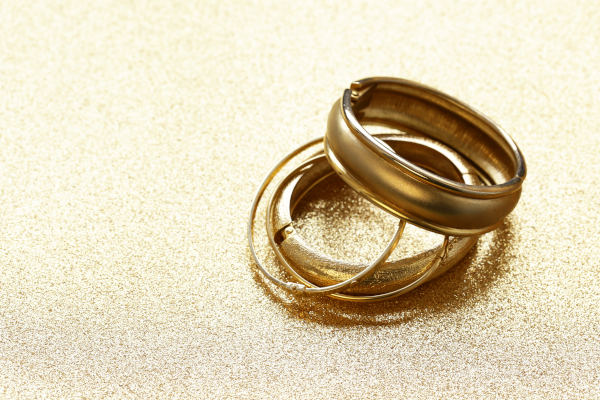Gold, silver and platinum are valuable metals with great abundance worldwide. However, although all three metals are mined from the ground, each has its distinguishing characteristics.
Durability, value, appearance, and colour are some of the distinguishable features of metals. Other notable characteristics include lustre, malleability, ductility, and their ability to conduct heat and electricity.
Because of the numerous attributes of metals, they attract investors from all over the world. Out of the three popular metals —gold, silver, and platinum— gold attracts the most investors because it has the highest value among other precious metals. Even in the mining sector, the requirements needed to mine gold are high compared to other metals.
Nevertheless, each metal is unique and can serve various purposes.
GOLD
Gold is the world’s most valued precious metal. It has a dark yellowish tone and is very durable. This rare metal also possesses high malleability and ductility ratings, meaning that it can be drawn into very thin shapes and sizes and still retain its consistency.
Gold has retained its position as a highly valued metal for decades, especially for jewellery making. It can also be used in manufacturing coins and other decorative or ornamental artefacts.
You can find gold in the following color variants; green, rose, yellow and white. The 18 carats gold is a constituent of gold, silver, copper and other metals-alloy. 22 and 24-carat gold have higher purity ratios compared to 18 carats gold. There is also plated gold, which is not the same as the 18, 22, or 24 carats solid gold. Plated gold doesn’t use carat to measure the amount of gold.
SILVER
Silver, one of the world’s most popular metals, is a greyish-white precious metal. It is commonly used in making jewellery, coins, and ornamental objects. The metal is highly conductive, making it very effective for electrical installations. It is also highly reflective.
Similar to gold, silver is also a transition metal. It tends to tarnish in the presence of sulfur.
When this happens, you can derive black silver, which, as the name implies, is a darker variant of shiny, shimmery silver. Because silver tarnishes more quickly than gold, it is classified as less durable and, as a result, has a lower value than gold.
PLATINUM
Platinum is a precious silver-grey metal. It is often used to make expensive jewellery in the cosmetic industry. The metal is highly unreactive, malleable, and ductile.
Unlike silver, platinum is resistant to corrosion and tarnishing. It also has an attractive appearance. South Africa and Russia are known to produce platinum in large amounts.
Platinum is highly valued in the jewellery industry because of its anti-corrosive properties. It is commonly used to make long-lasting ornaments such as wristwatches, dials, rings, chains, pendants, and more.
Metal Pros and Cons
| GOLD | SILVER | PLATINUM |
| Pros | ||
| White gold is more resistant to scratching. | Silver has a lighter weight which can offer more comfort. | White platinum lasts longer than white gold. |
| Gold compliments warmer undertones and is more durable than normal silver. | Silver compliments cooler undertones and is healthier and more affordable. | It is more durable than gold or silver. |
| Gold requires less maintenance and has a high re-sell value. | Silver is more suitable for sensitive skin. | It is more rugged and doesn’t wear out quickly. |
| Cons | ||
| It is expensive | Silver has a lower value compared to gold and platinum. | Due to their rugged build, they are harder to work with for bespoke purposes. |
| May cause metal allergies. | May cause metal allergies. | May cause metal allergies. |
| It is not foolproof from tarnish. | Silver is soft and may be prone to tarnishing. | It has higher price margins compared to gold or silver. |



